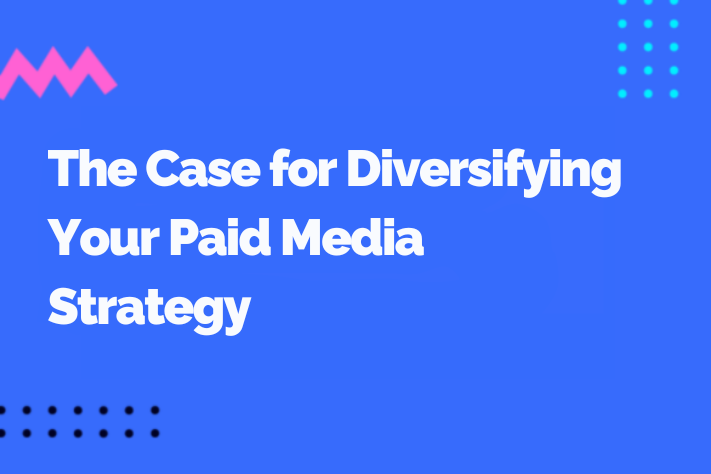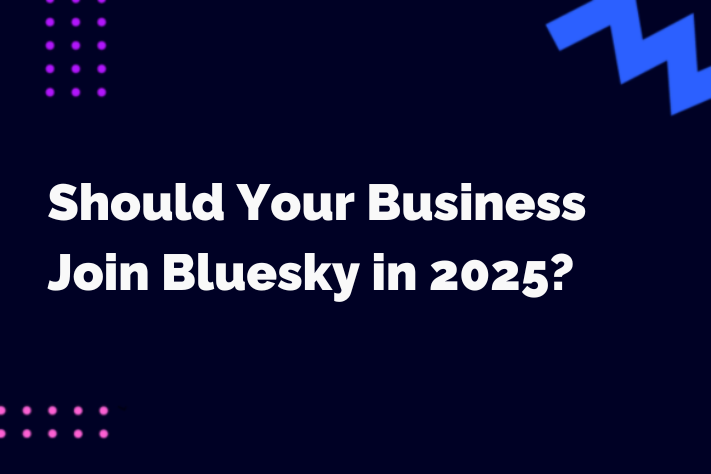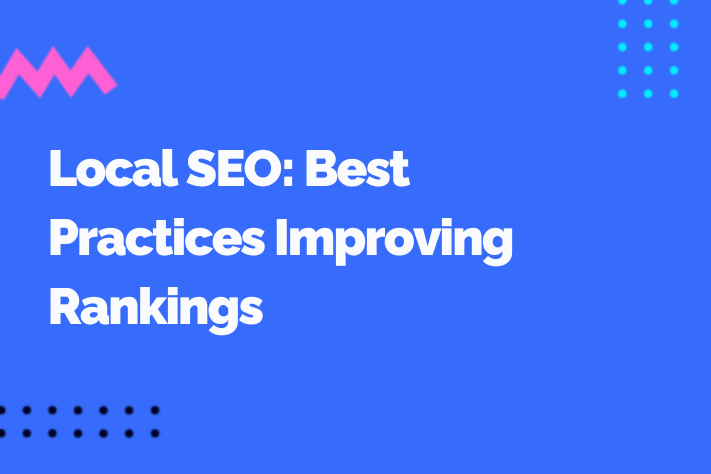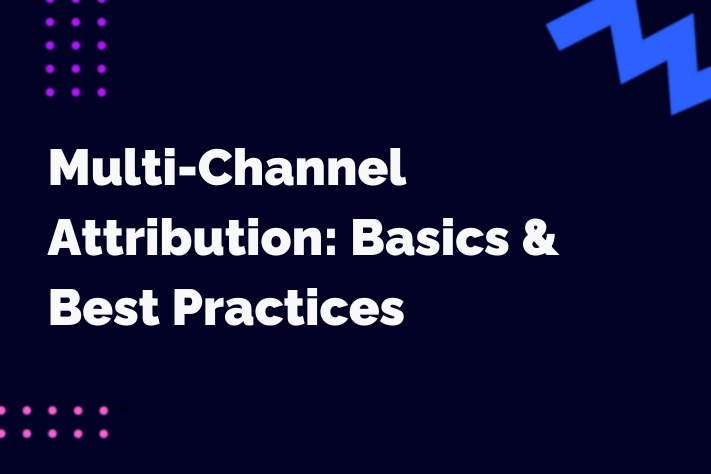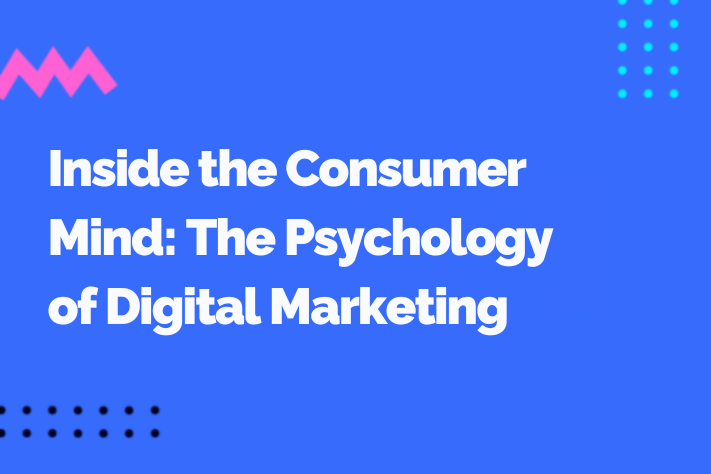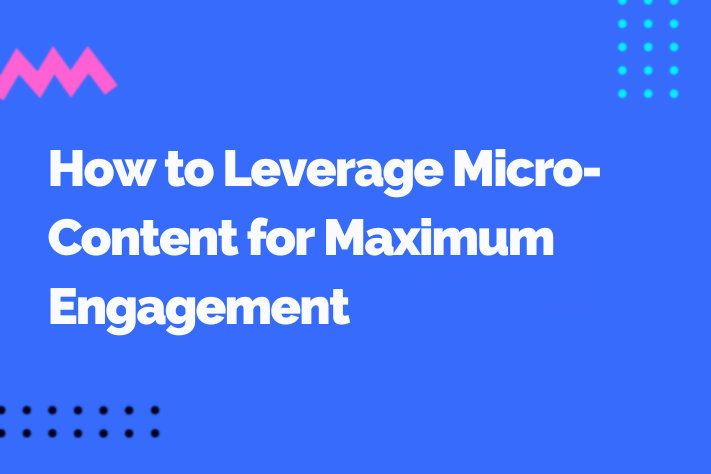It’s no secret that Google Ads has long been the go-to site for businesses looking to advertise online, and for good reason. With its extensive search network, granular targeting capabilities and high-intent traffic, it’s a powerhouse platform that has delivered incredible results for companies across practically every industry.
But as digital advertising becomes more competitive and user behaviour continues to evolve, relying solely on Google Ads is no longer the smartest strategy. Putting all of your budget into one platform leaves you exposed to rising costs, limited audience reach and sudden policy changes can derail your campaigns overnight. As a result, it’s a good idea to start diversifying.
In this article, we’ll explore why you should branch out, the alternative platforms that are worth your time and how to decide which ones are the best fit for your goals. Whether you’re running your own ads or managing campaigns for clients, a more balanced strategy could be the difference between stagnation and scalable success.
Why Can’t I Just Rely On Google Ads?
While Google Ads might be powerful, it’s not bulletproof. As more and more advertisers flood the platform and competition intensifies, the cracks in a Google-only strategy are becoming harder to ignore. Below are just a few of the biggest risks that come with putting all of your paid media spend in one basket.
Tougher Competition & Rising Costs
With over 65% of businesses in the UK using Google Ads for paid advertising, the platform is becoming a little crowded. No matter your industry, chances are you’re battling dozens (if not hundreds) of other businesses for the same keywords. This demand drives up cost-per-click (CPC), meaning you’ll likely pay more for each visit or lead over time. If your margins are tight, that squeeze can hurt.
Limited Reach
Google Ads primarily targets users who are actively searching for a specific product, service or answer. While that intent is valuable, it also means that you’re missing out on audiences who aren’t searching, but still could be interested in what you have to offer. Social media platforms and display networks, for example, help you reach users earlier on in the buying journey or even spark interest where there wasn’t any to begin with.
Vulnerability to Platform Changes
Google is constantly tweaking its algorithms, ad formats and policies. One day your ads are performing well, the next they’re disapproved or your account is limited with little explanation. A change in rules or a system error can throw a wrench into your entire strategy if Google Ads is your only channel.
Ad Fatigue and Performance Plateaus
If your audience keeps seeing the same types of ads in the same places, engagement tends to drop. This “ad fatigue” can lead to lower click-through rates and higher costs. Diversifying your platforms allows you to refresh your messaging, test different formats and re-engage audiences across different touchpoints.
The Benefits of Diversifying
Diversifying your paid media strategy isn’t just about avoiding the downsides of over-reliance on Google, it’s also about discovering new opportunities to grow, connect and convert. A multichannel approach gives you a broader reach, better insights and more control over your campaign performance.
Wider Audience Reach
Different platforms attract different types of users. While Google captures those with immediate intent, platforms like Facebook, TikTok and Linkedin allow you to reach users during downtime, casual browsing or discovery phases. This means that you can build brand awareness and nurture leads before they even start searching.
Reduced Risk
By spreading your budget across multiple platforms, you’re no longer at the mercy of a single company’s rules, pricing or glitches. If one channel dips in performance or gets disrupted, others can pick up the slack. It’s a bit like investing: you wouldn’t put all your money into one stock, so why do it with ads?
Improved Campaign Performance
Each platform offers different formats, targeting methods and user behaviors. By testing your messaging across multiple channels, you can learn what works best, optimise based on real data and fine-tune your funnel. Plus, combining search intent with social engagement or video storytelling gives you more creative flexibility and a better chance at successfully converting.
More Targeting Options
Most social media apps offer deep insights into user interests, demographics, behaviours and lifestyle. Want to reach new parents, small business owners or avid travellers? Platforms like Meta and TikTok give you the tools to do just that, and even often provide more precision and variety than search alone.
Paid Media Platforms to Consider
So, if Google Ads isn’t the only answer, where else should you be looking? The good news is that there’s no shortage of options, and each platform brings something unique to the table. However, it’s up to you to determine the ones that match your goals, audience and content style.
To get you started, here’s a breakdown of the top contenders that are worth exploring.
Meta Ads (Facebook & Instagram)
Meta’s advertising network remains one of the most powerful tools for reaching consumers based on their interests, demographics and behaviors.
- Best for: B2C brands, eCommerce, event promotion, lead generation.
- Why it works: You can target users based on everything from age and location to hobbies and life events. Plus, with retargeting and lookalike audiences, you can stay top-of-mind and expand reach efficiently.
- Bonus: Visual creatives (carousel ads, reels, stories) offer dynamic engagement formats.
LinkedIn Ads
LinkedIn is the go-to platform for B2B marketers, especially for campaigns targeting professionals, companies or decision-makers.
- Best for: B2B lead generation, high-ticket services, industry-specific offers.
- Why it works: Unique targeting options like job title, seniority, company size and industry. It’s ideal for account-based marketing and promoting whitepapers, webinars or demos.
TikTok Ads
So much more than just funny videos, TikTok is a fast-growing ad platform with strong creative engagement and viral potential for brands.
- Best for: Gen Z or trend-driven brands, lifestyle products, entertainment.
- Why it works: Short-form video content gets high engagement, especially when it feels native to the platform. The algorithm is powerful at finding the right audiences – even with smaller budgets.
YouTube Ads
As part of the Google ecosystem, YouTube offers massive reach through video content, from skippable ads to in-feed and bumper formats.
- Best for: Brand awareness, product demos, tutorials, remarketing.
- Why it works: People go to YouTube to watch, not scroll, so video storytelling has more room to breathe. It’s also great for retargeting website visitors or lapsed customers with visual messaging.
Programmatic Display & Native Ads
These ads appear across a vast network of websites, blogs and apps, tailored to user behavior and content context.
- Best for: Top-of-funnel awareness, broad audience reach, retargeting.
- Why it works: Automated bidding and advanced targeting make it scalable. Native ads blend into content environments, which can improve engagement over traditional banner ads.
How to Choose the Right Paid Media Channels
With so many platforms available, you’ll find that the real challenge won’t be finding options, but picking the ones that actually align with your brand, goals and audience. Now, this doesn’t mean that you have to be everywhere at once; instead, it’s about being in the right places for the right reasons. We’ve put together some handy tips below.
Know Your Audience
Start with a clear picture of who you’re trying to reach: where do they spend time online? What kind of content do they engage with? A B2B software company probably won’t get much traction on TikTok, but it could see plenty of success on LinkedIn. An eCommerce clothing brand, on the other hand, might see better results from Instagram, TikTok or Pinterest.
Define Your Goals
Not all channels serve the same purpose. Are you trying to drive immediate sales, generate leads, increase awareness or retarget past visitors?
- For lead generation, consider LinkedIn, Google Search or Facebook Lead Ads.
- For awareness, platforms like YouTube, TikTok and display networks are your best bet.
- For conversions, look at high-intent channels like Google or Microsoft Search.
Being clear on your objectives helps you match the platform to the campaign type.
Consider Your Creative Assets
Some platforms are more visual (Instagram, TikTok), while others are keyword or intent driven (Google, Bing). Do you have engaging video content, quality images or strong ad copy? Choose platforms where your creative strengths can shine, or be ready to invest in new formats.
Test & Measure
You won’t know what works until you try it. Start small, test different platforms with a portion of your budget and track performance closely. Look at metrics like cost-per-click (CPC), cost-per-lead (CPL), conversion rate and return on ad spend (ROAS). Let data—not assumptions—guide your next move.
Balance Your Budget
Think of your paid media budget like a portfolio – some spend should go to proven, high-performing channels, while some should go to experimental platforms. The key is not to overcommit too soon and scale up only when you see traction.
Get Started with Diversifying Your Paid Media Strategy
The brands that thrive long-term aren’t the ones chasing shortcuts, they’re the ones building smart, balanced strategies across multiple touchpoints. So, if you’ve been living in the Google Ads comfort zone, now’s the time to think bigger. Your next best customer might not be searching; you might just need to go find them.
Looking for more expert insights on paid advertising? Check out our Learn page here, where we have plenty of articles on how to optimise your strategy.
Need more professional advice? Why not schedule a strategy call with our specialist team – our innovative, results-driven approach to digital marketing is proven to help brands drive engagement and increase their profitability.

